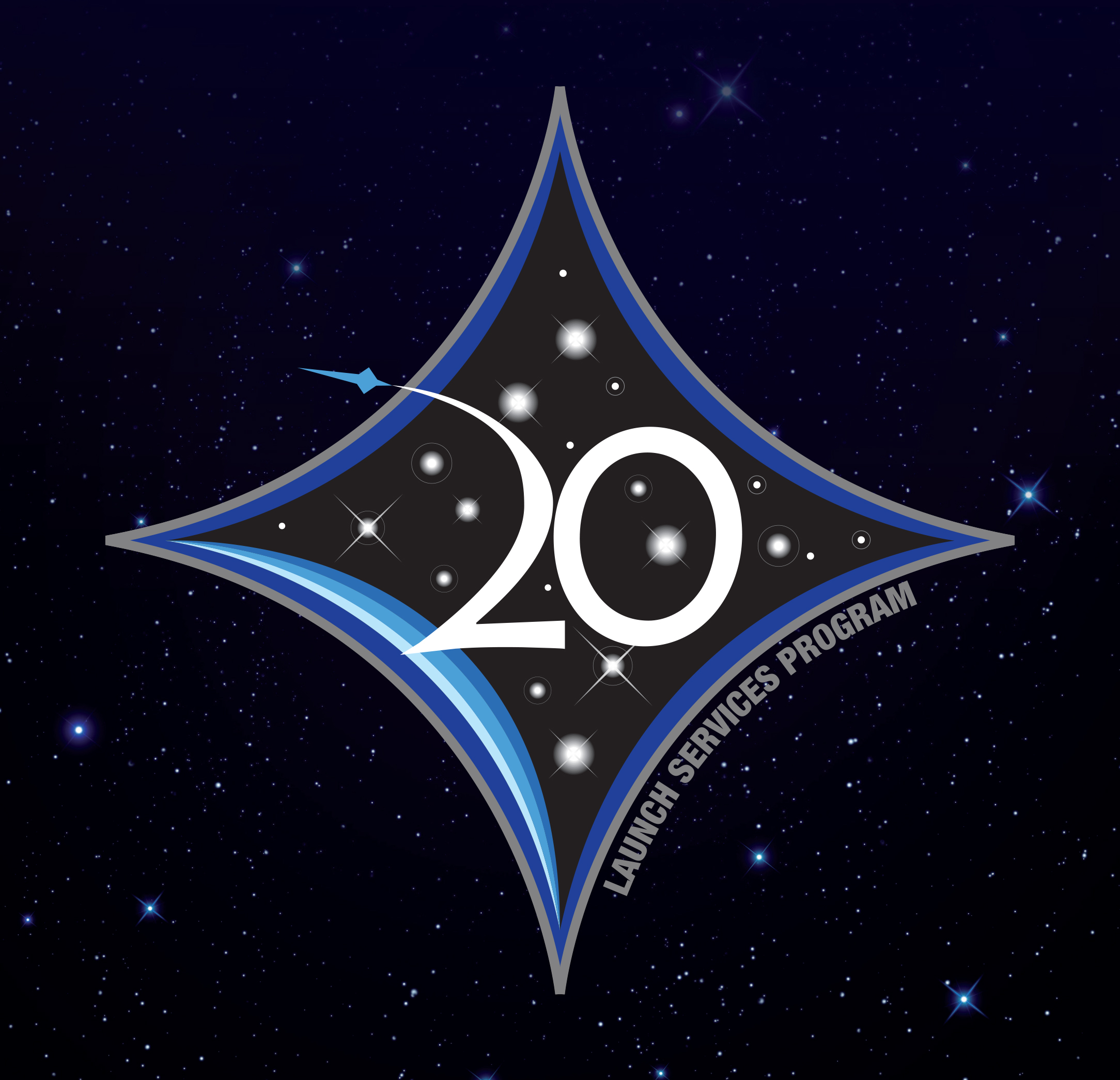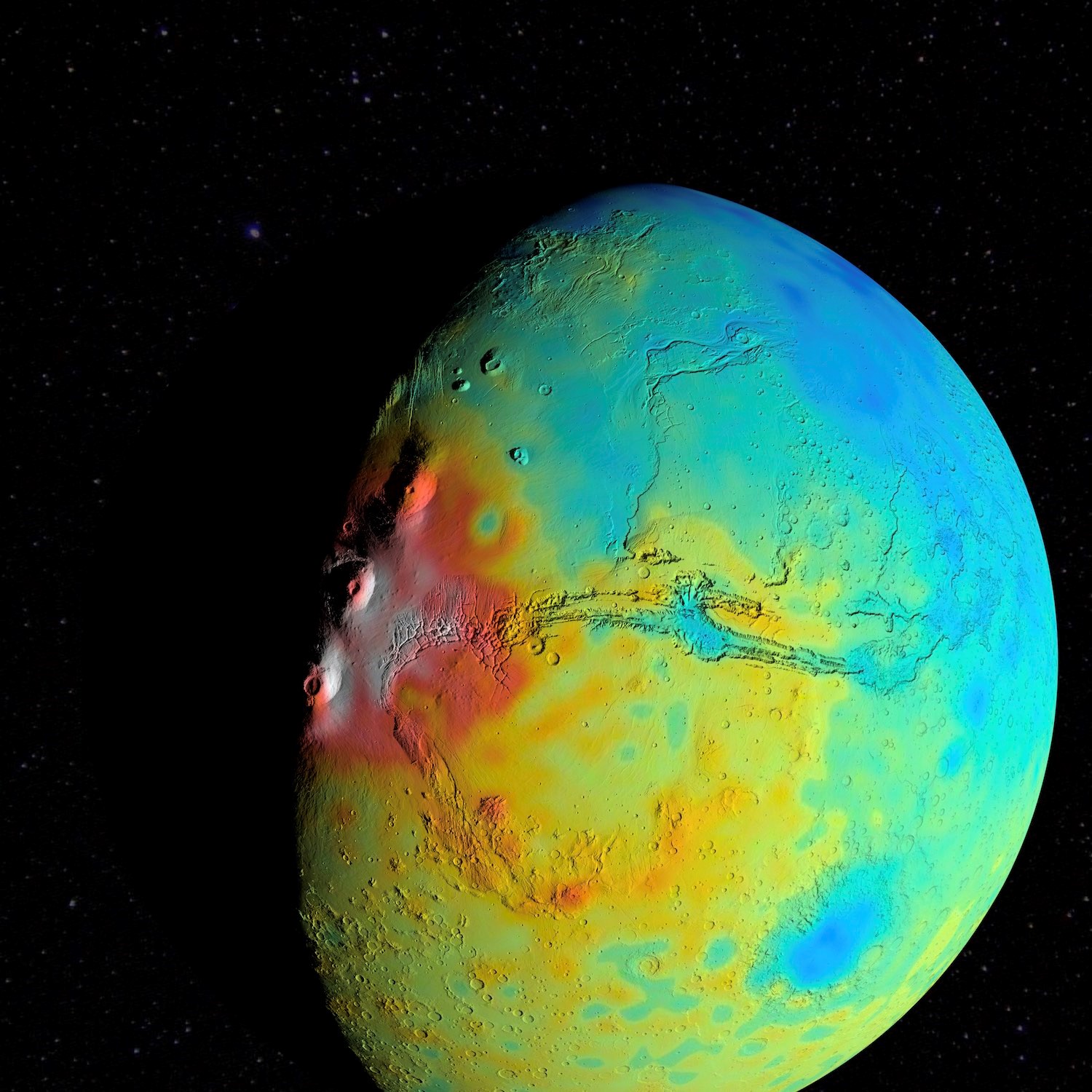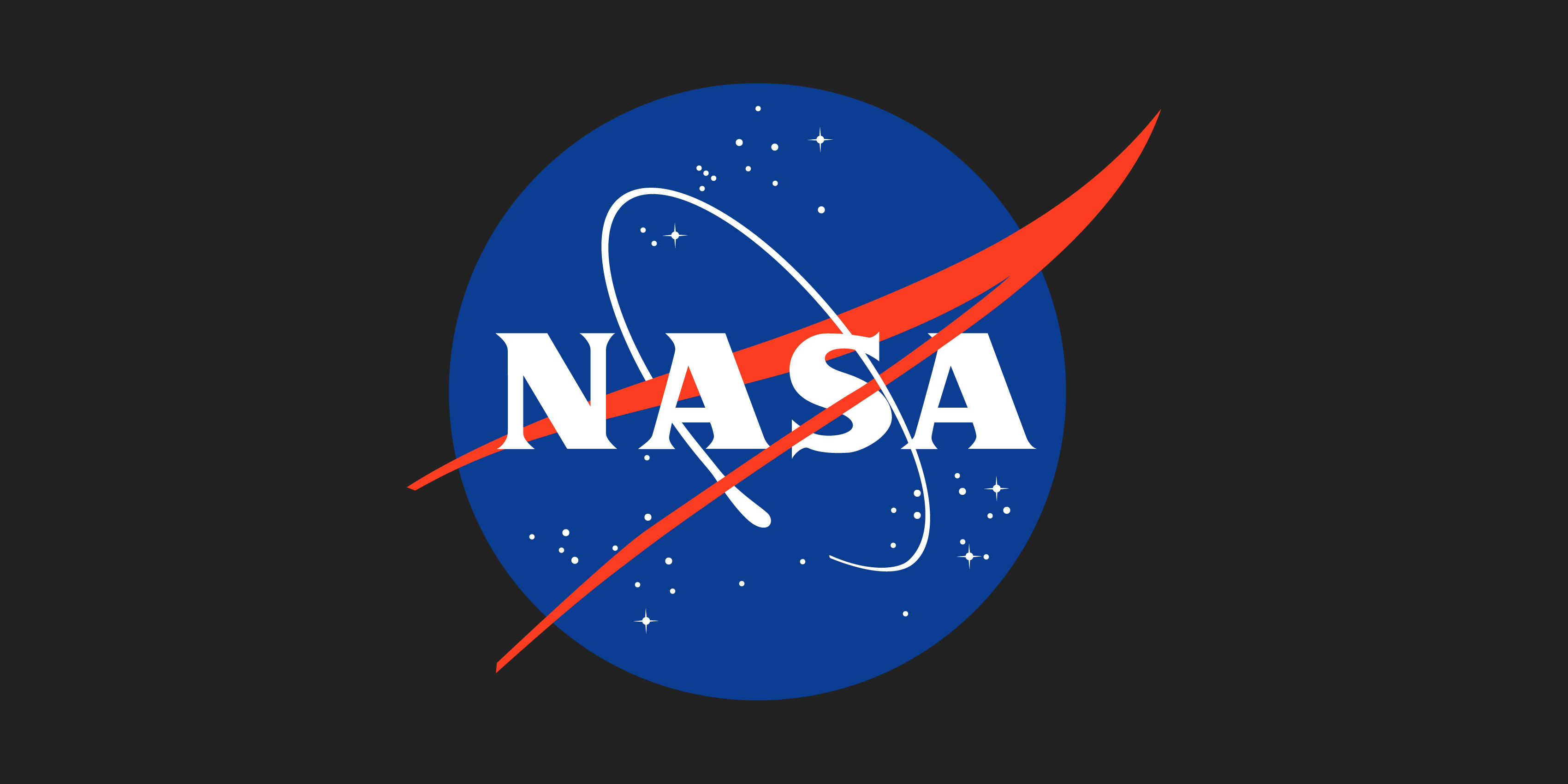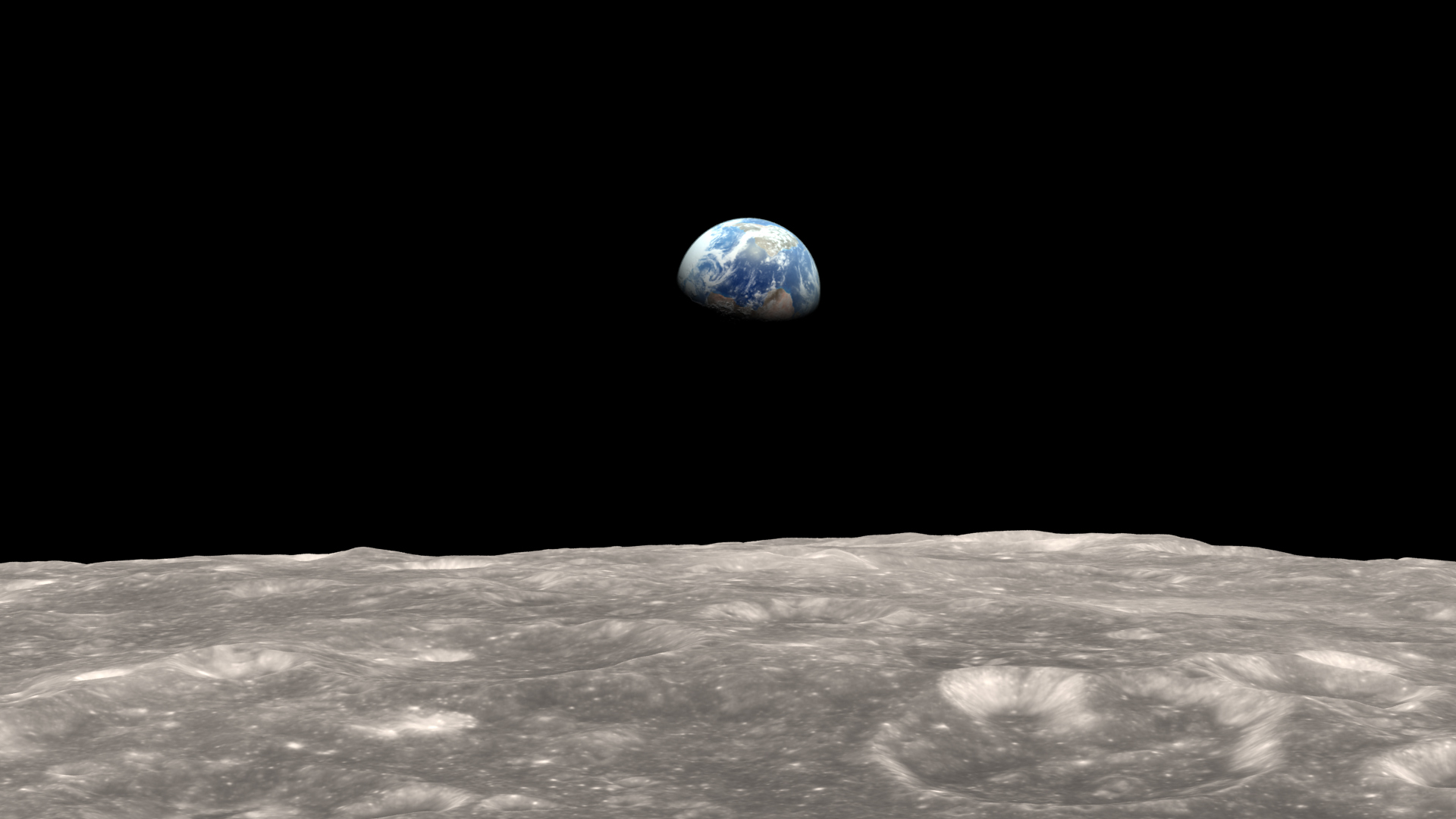GRAIL (Ebb and Flow)
Gravity Recovery And Interior Laboratory
Type
Launch
Target
Objective
GRAIL flew twin spacecraft – Ebb and Flow – in tandem around the Moon to map variations in the lunar gravitational field.
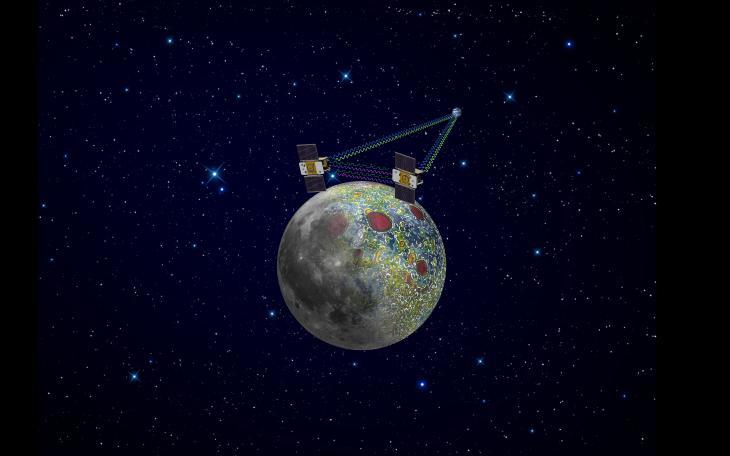
What was GRAIL (Ebb and Flow)?
NASA's GRAIL mission flew twin spacecraft—Ebb and Flow—in tandem around the Moon to map variations in the lunar gravitational field. The probes generated the highest resolution gravity map of any celestial body to date. At the end of the mission, the probes were purposely crashed on the Moon.
Nation | United States of America (USA) |
Objective(s) | Lunar Orbit |
Spacecraft | GRAIL-A / GRAIL-B |
Spacecraft Mass | 446 pounds (202.4 kilograms) each |
Mission Design and Management | NASA / JPL |
Launch Vehicle | Delta 7920H (no. D356) |
Launch Date and Time | Sept. 10, 2011 / 13:08:52 UT |
Launch Site | Cape Canaveral Air Force Station, Fla. / SLC-17B |
Scientific Instruments |
|
Key Dates
Sept. 10, 2011: Launch
Dec. 31, 2011: Ebb lunar orbit insertion
Jan. 2, 2012: Flow lunar orbit insertion
Dec. 17, 2012: Ebb lunar impact
Dec. 17, 2012: Flow lunar impact
In Depth: GRAIL (Ebb and Flow)
Gravity Recovery and Interior Laboratory (GRAIL) was a dual-spacecraft mission that involved placing two identical spacecraft in orbit around the Moon to use high-quality gravitational field mapping to determine its internal structure. The mission was the 11th in NASA’s Discovery Program.
The names “Ebb” and “Flow” were given to GRAIL-A and GRAIL-B, respectively after a national contest won by the fourth-grade students at Emily Dickinson Elementary School in Bozeman, Montana.
As the two spacecraft flew over areas of increasing gravity, the probes moved slightly toward and away from each other, while an instrument measured changes in their relative velocity, providing key information on the Moon’s gravitational field. The nominal mission was planned to be three months.
The process used for GRAIL was very similar to the one used by NASA’s Gravity Recovery and Climate Experiment (GRACE), which mapped variations in Earth's gravity field from 2002 to 2017. The GRAIL spacecraft was a design evolution of the U.S. Air Force’s Experimental Satellite System-11 (XSS-11) launched in 2005. The avionics were derived from NASA’s Mars Reconnaissance Orbiter (MRO).
GRAIL made use of a low-energy translunar cruise that involved passing near the Sun-Earth L1 Lagrange point and then heading for a rendezvous with the Moon. The two spacecraft arrived in lunar orbit about 25 hours apart: Dec. 31, 2011, for Ebb and Jan. 2, 2012, for Flow.
The primary science phase of the two lunar satellites lasted from March 7, 2012, to May 29, 2012. A second science phase, as part of the extended mission, was initiated Aug. 8, 2012.
GRAIL's twin spacecraft studied the internal structure and composition of the Moon in unprecedented detail for nine months and produced a detailed gravitational map of the Moon.
They also pinpointed the locations of large, dense regions called mass concentrations, or mascons, which are characterized by strong gravitational pull. Mascons lurk beneath the lunar surface and cannot be seen by normal optical cameras. GRAIL scientists found the mascons by combining the gravity data from GRAIL with sophisticated computer models of large asteroid impacts and known detail about the geologic evolution of the impact craters.
"GRAIL data confirm that lunar mascons were generated when large asteroids or comets impacted the ancient Moon when its interior was much hotter than it is now," said Jay Melosh, a GRAIL co-investigator at Purdue University. "We believe the data from GRAIL show how the Moon's light crust and dense mantle combined with the shock of a large impact to create the distinctive pattern of density anomalies that we recognize as mascons."
The origin of lunar mascons has been a mystery in planetary science since their discovery in 1968 by a team at NASA's Jet Propulsion Laboratory in Pasadena, California. Researchers generally agree mascons resulted from ancient impacts billions of years ago. It was not clear until the GRACE mission how much of the unseen excess mass resulted from lava filling the crater or iron-rich mantle upwelling to the crust.
"Knowing about mascons means we finally are beginning to understand the geologic consequences of large impacts," Melosh said. "Our planet suffered similar impacts in its distant past, and understanding mascons may teach us more about the ancient Earth, perhaps about how plate tectonics got started and what created the first ore deposits."
This new understanding of lunar mascons also is expected to influence knowledge of planetary geology well beyond that of Earth and our nearest celestial neighbor.
"Mascons also have been identified in association with impact basins on Mars and Mercury," said GRAIL principal investigator Maria Zuber of the Massachusetts Institute of Technology. "Understanding them on the Moon tells us how the largest impacts modified early planetary crusts."
The GRACE mission also included MoonKAM (Moon Knowledge Acquired by Middle school students), a digital video imaging system that was part of the education and public outreach activities of GRAIL. Each MoonKAM consisted of a digital video controller and four camera heads, one pointed slightly forward, two pointed below and one pointed slightly backward.
MoonKam was operated by undergraduate students at the University of California, San Diego, as well as Sally Ride Science, the foundation organized by America’s first woman astronaut, Sally K. Ride (1951–2012) to encourage young people to enter careers in science, technology, engineering and mathematics.
Ebb and Flow were decommissioned and powered down in anticipation of deliberate impact on the lunar surface Dec. 17, 2012. Both spacecraft impacted at 75.62 degrees north latitude and 26.63 degrees west longitude. They hit the surface at about 1 mile (1.68 kilometers) per second.
Additional Resources
Key Source
Siddiqi, Asif A. Beyond Earth: A Chronicle of Deep Space Exploration, 1958-2016. NASA History Program Office, 2018.

